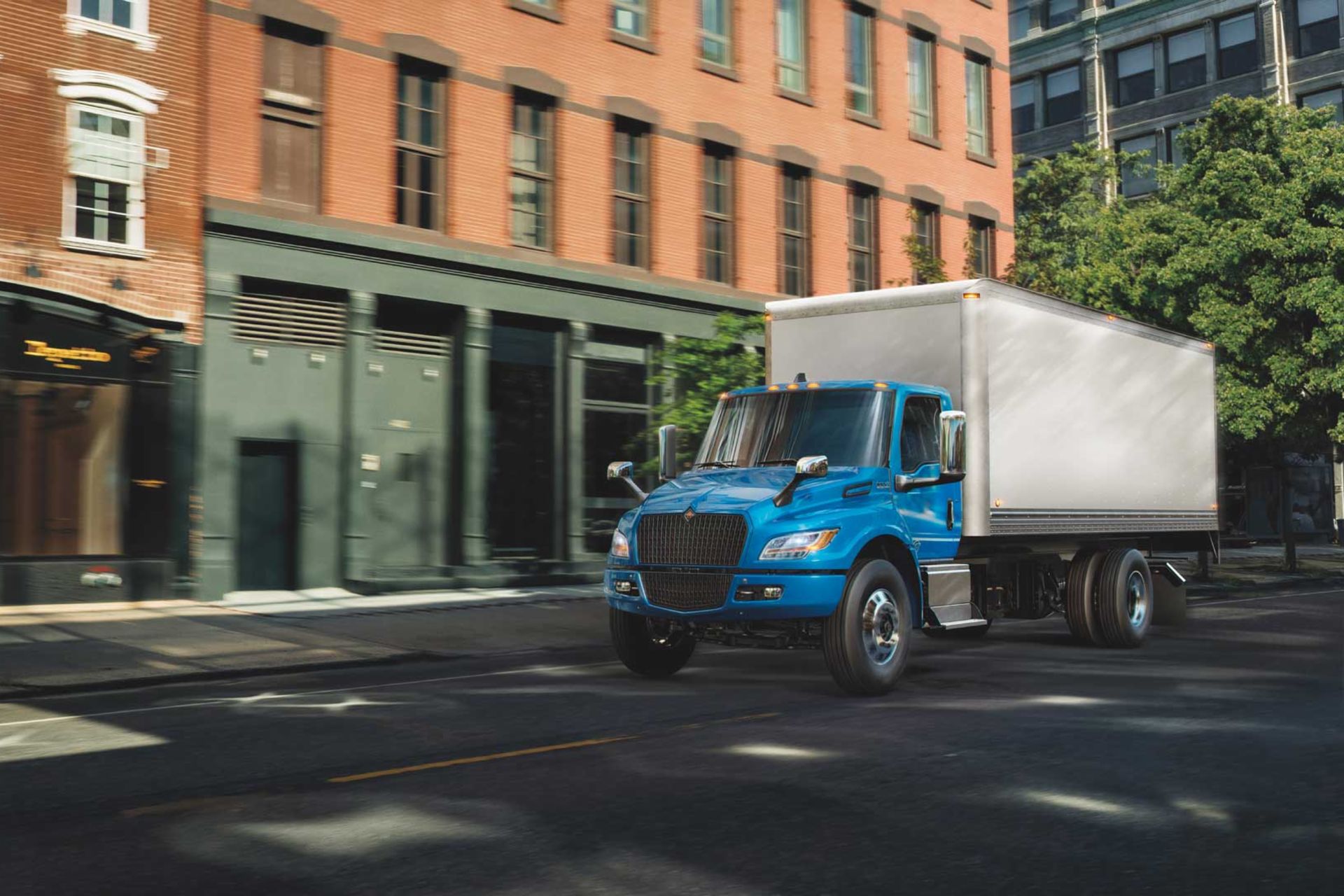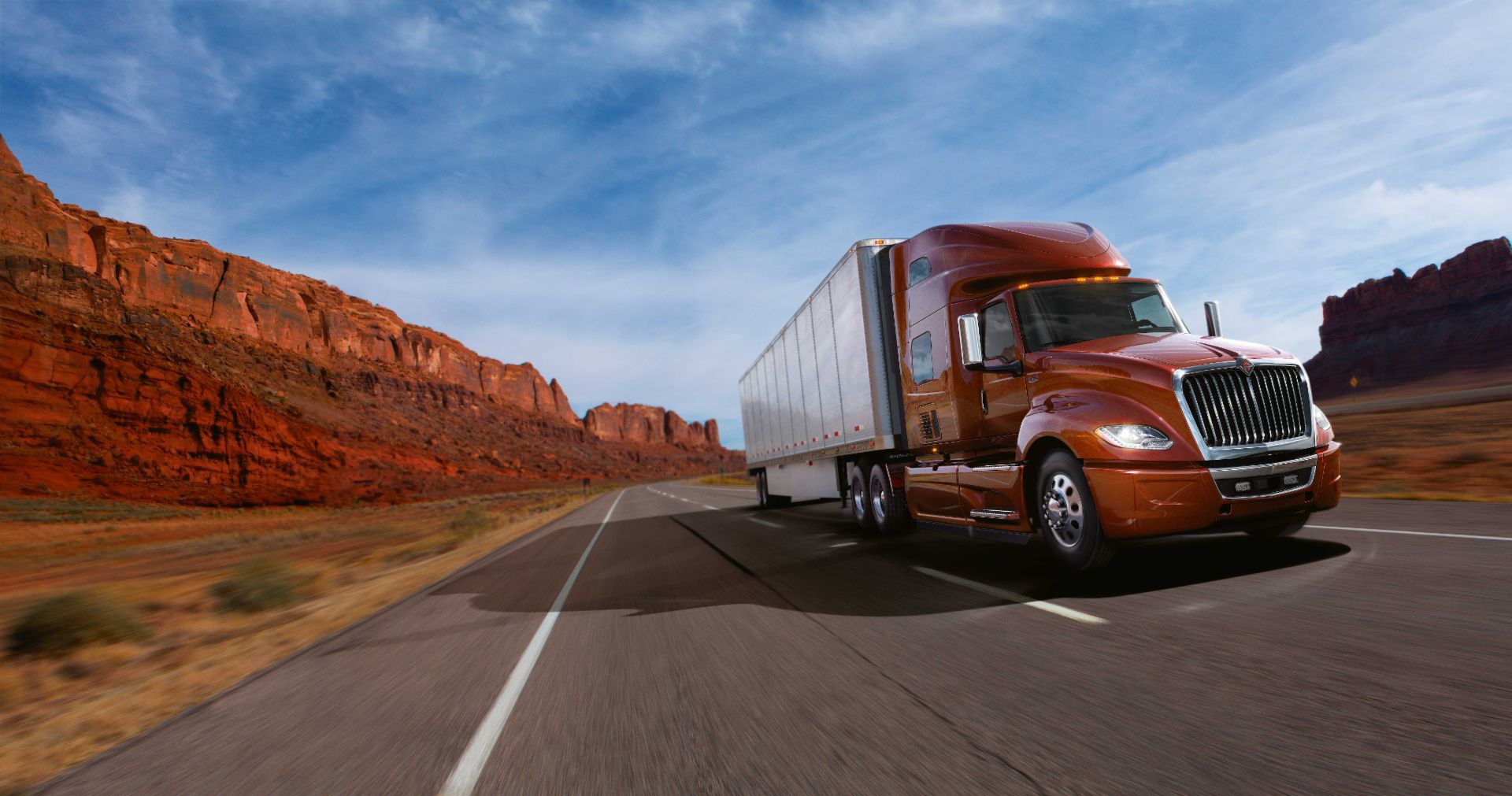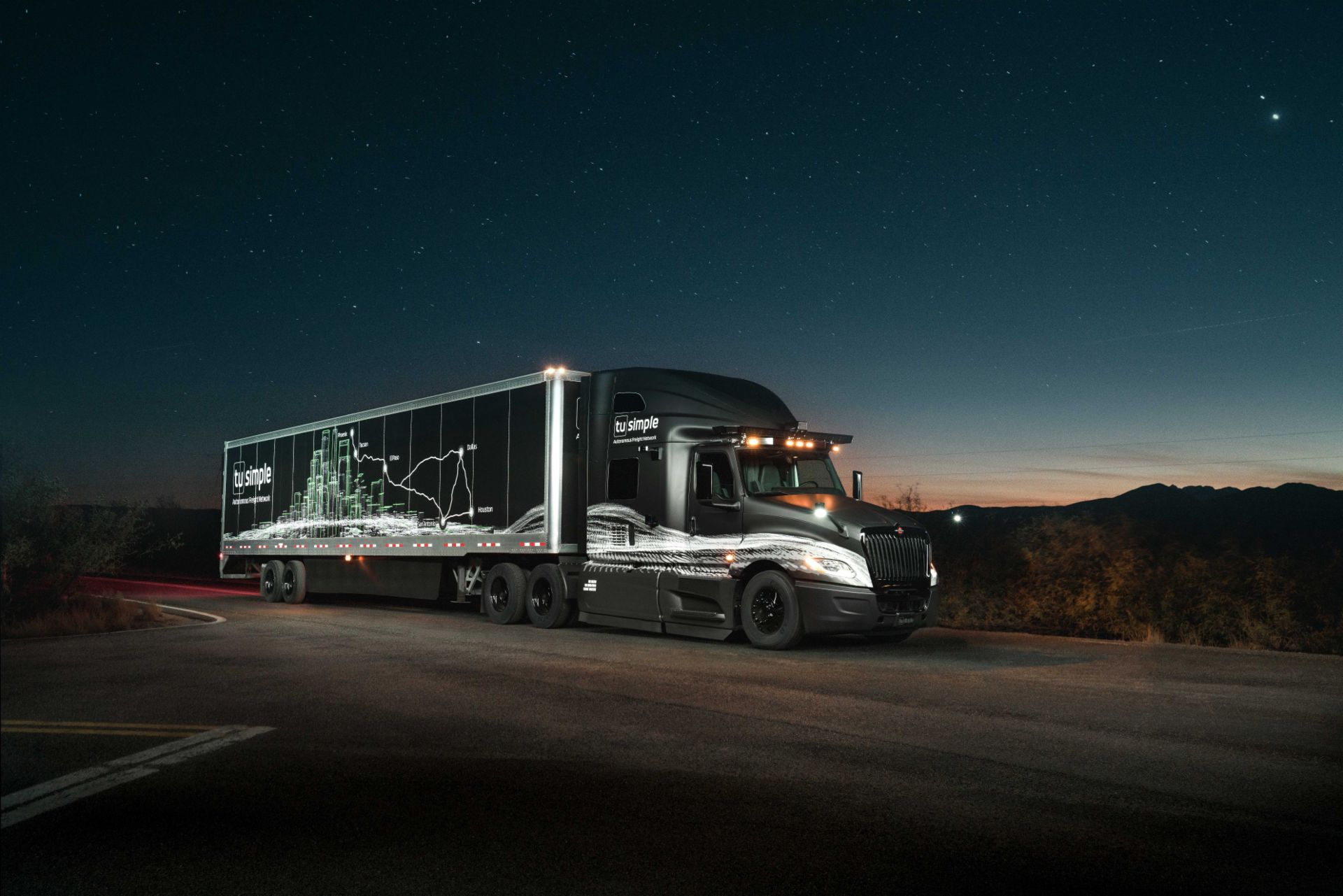Whenever you think about American trucks as a European, images of endless highways, huge trucks, and cool long-haul truckers inevitably come to mind. Classic movies like “Convoy” or “The Cannonball Run” also play around with these clichés. What is your take on that?
Melissa Pavlock: I like these stereotypes — long-haul drivers and their trucks are the backbone of US logistics. By the way: I personally think the coolest truck character ever is Optimus Prime from the movie “Transformers.”
Chris Gutierrez: That romantic view of American trucks helps to create a positive image. But it is just one aspect. Long-haul drivers in the US are highly qualified, exceptionally well-connected, and very enthusiastic people.
How have electrification, digitalization, and connectivity changed this romantic image of US trucks?
Melissa Pavlock: The process of digitalizing and connecting US trucks is well underway. And above all, this benefits the drivers. Optimizing transport routes and anticipating potential technical issues a truck might have help avoid problems during transportation. For long-haul drivers, this means they can spend weekends at home with their families.
Chris Gutierrez: I think the main transformation has not even happened yet. Once we make our trucks cleaner, more efficient, smarter, and safer, the way people see them will change as well. But there is nothing wrong with a bit of romance.
What are the Navistar developer teams working on right now?
Melissa Pavlock: To give you an example, Navistar is heavily involved in the electrification of school buses. The schedules these vehicles operate make them the ideal candidates for electric routes. At the same time, we are working to drive forward electric solutions for medium-duty and long-haul trucks.
Chris Gutierrez: We want to be as precise as possible in understanding the expectations and needs of our customers, dealers, and drivers and putting them into practice. Around 2,000 engineers across Navistar’s three development centers are working to do just that.
International, Navistar’s truck brand, has announced that Level 4 automated trucks will be on the road by the middle of this decade. Is this project on schedule?
Melissa Pavlock: That is what we are aiming for. Until then, we have some technological questions to figure out, but most importantly, certain legal preconditions have to be created.
What will be the advantages of this technology?
Chris Gutierrez: Our first step is to equip the long-haul trucks from the International LT Series with autonomous driving functions. The biggest advantage this offers is improved safety. Around 1,000 people die in the US every year as a result of accidents involving trucks. And if autonomous driving functions allow us to save even one life in the future, it would be well worth the effort. Another advantage is that this technology will take some pressure off the driver. We expect trucks to be on the road around 20 hours a day at that point, whereas drivers in the US are not allowed to work for more than 14 hours a day, a maximum of 11 of which can be spent at the wheel. This will create considerable cost benefits.
Connected trucks are meant to become safer, smarter, more efficient, and more reliable. What are the next steps to accelerate this development?
Melissa Pavlock: We also need to make sure we have the right infrastructure so that connected trucks can maximize their potential. That way, we can reduce downtime, improve fuel efficiency, and optimize route planning.
New technologies are driving forward the transformation of the transportation industry. Which challenges do you believe are key here?
Chris Gutierrez: More than anything else, we want to retain qualified engineers. In terms of electrification, their main task is to improve the energy density of batteries. This is crucial for achieving a maximum possible range.
What new technological opportunities can Navistar tap into since joining the TRATON GROUP?
Melissa Pavlock: First of all, there is the new dimension. I believe this paves the way for greater modularization, the exchange of electric drive components, cooperation in the field of safety systems, and HMI technology transfer. When it comes to digital cockpits or personalized interiors, the US has not made quite as much progress yet as the European manufacturers.
What special technological expertise does Navistar bring to the TRATON GROUP?
Chris Gutierrez: Experience that is specific to the US. That includes, for example, the way trucks are typically seen: looking cool is a key sales argument in the US. The way our trucks are built also makes them fundamentally different from their European counterparts. This is because they have a speed limit of 75 miles, or 120 km/h, on highways. And even at that speed, they are extremely fuel-efficient. Even though the rules are different in the EU, our knowledge of efficiency and aerodynamics can still come in handy for European trucks. Add to that how focused we are on product development. When it comes to launching vehicles ready for series production, virtually no other company in the industry does it quicker than Navistar. Combining these different approaches in the future will increase the TRATON GROUP’s technological lead further.





